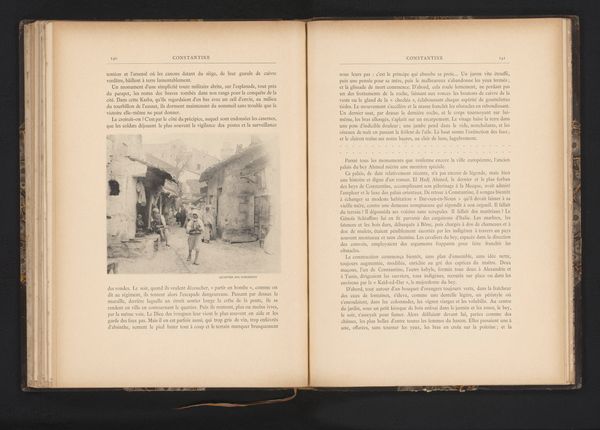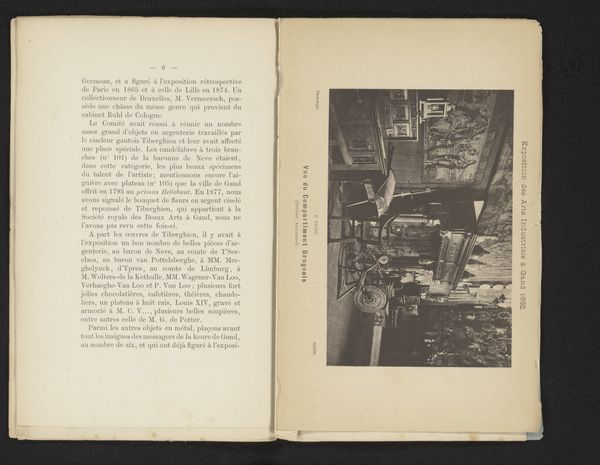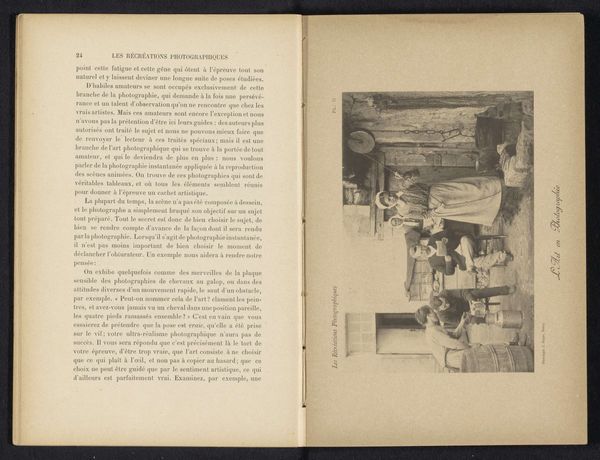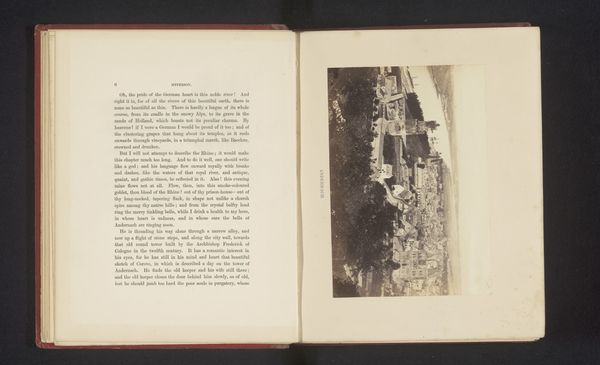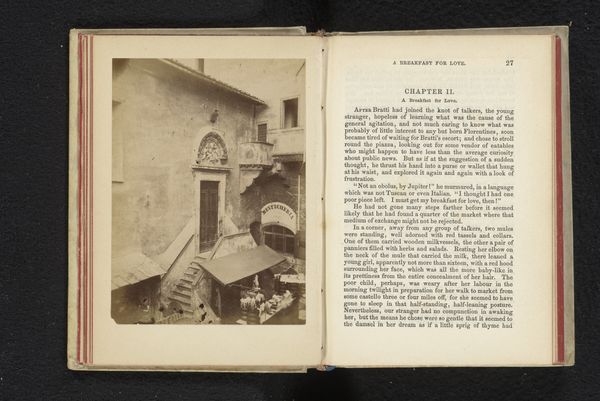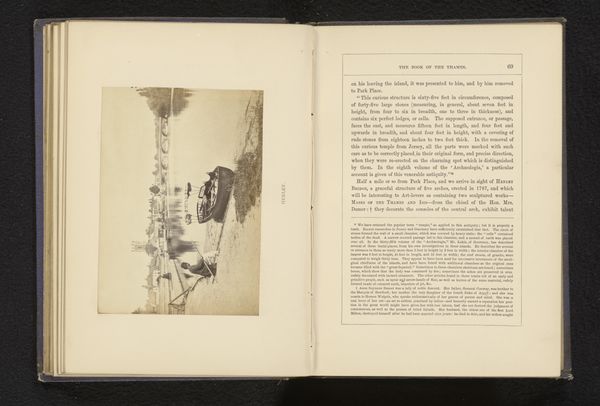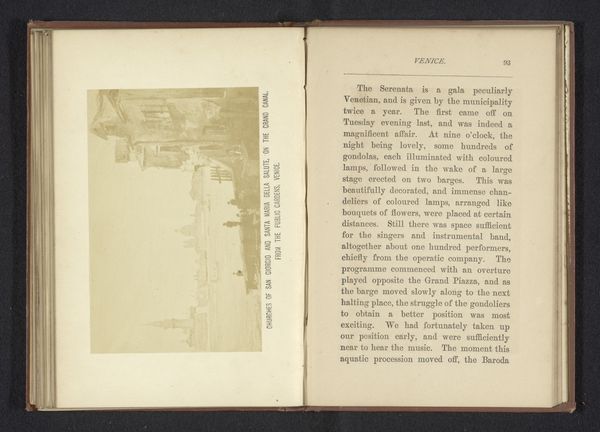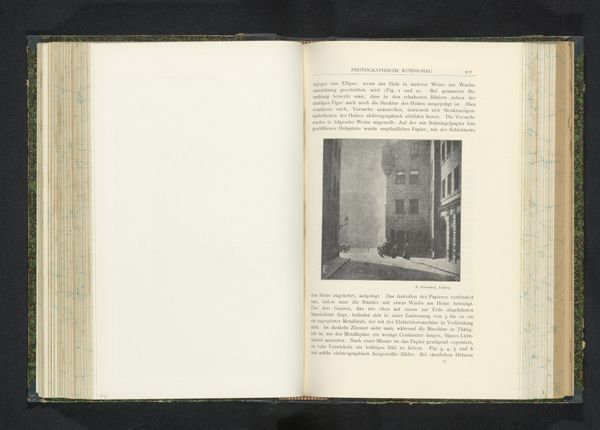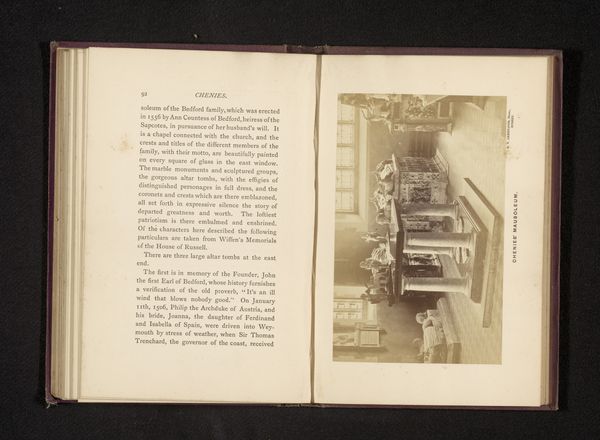
photography, gelatin-silver-print
#
landscape
#
street-photography
#
photography
#
gelatin-silver-print
#
cityscape
Dimensions: height 127 mm, width 90 mm
Copyright: Rijks Museum: Open Domain
Curator: Brogi’s “Straatgezicht in Florence,” created before 1863, using a gelatin-silver print... it presents an interesting snapshot of Florence. Editor: Yes, I am drawn to the almost blurry effect in the distance, hinting at a very busy street. What strikes you the most about it? Curator: What grabs my attention is the process, the very materiality involved. The gelatin-silver print wasn’t just a way to capture an image. It became integral to *how* we perceive this street. Think about the labor involved in preparing the gelatin emulsion, the social dynamics of access to photographic technology… Who controlled the means of image production then? Editor: So, you're saying it's not just about what the photo shows, but also about how it was made and who was doing the making? Curator: Precisely! Consider the class implications. Photography in this period wasn't as democratized as painting. The time, expense and technical expertise… these create a power dynamic. What are we really seeing when we look at this Florence street scene, and whose narrative does it ultimately tell? Are the laboring-class residents adequately or fairly depicted? Editor: That is definitely a new angle. It really changes how I perceive the photograph now, not just as a picture, but as a record of a specific technological and social moment. Curator: It reveals much more about social stratification through technology. Editor: I have definitely learned to consider the socioeconomic context behind the picture's making, not just its content. Curator: Exactly. It's the art object as a product of labor, resources, and social forces.
Comments
No comments
Be the first to comment and join the conversation on the ultimate creative platform.
